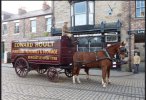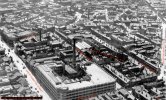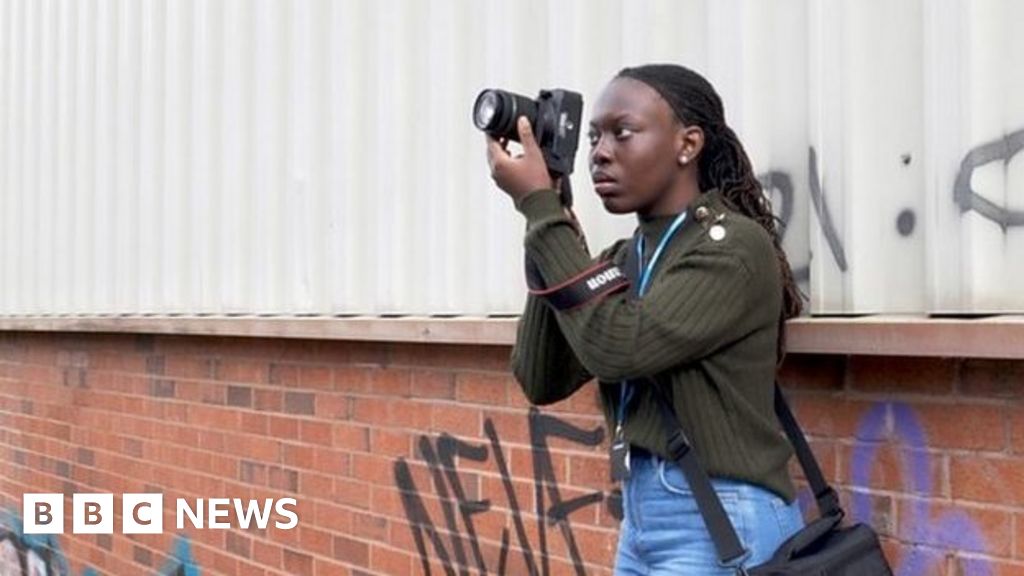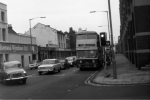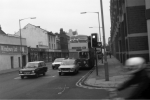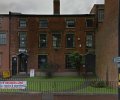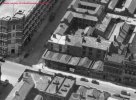Hi
my great x 6 grandparents had a jewellers in Great Hampton STreet in the 1800s called Joseph Price & Son it was at number 86. I just wonder if anyone had any old photos of the area or where the jewellers would have been at all? Thanks v much
hi natty hope you are still looking in because i was down gt hampton st today and took an interest in 2 old disused buildings (possibly georgian like the restored ones further up ) that are at the back of what is obviously 2 add on shops at the front of them...turns out that the old buildings are numbers 85 and 86 so your joseph prices house is still standing...click on the street view link below to see them..cant be certain if he ran his jewellery business from here but it is possible as they are large buildings so he may have used the back of the house for his work.also below is a bit of info about numbers 75 and 76 provided by mikejee
next time i am down that way i am going to try and get a better view of the 2 houses
lyn
85 Gt Hampton St
1880-1884 Charles Dimple & SO, stampers
1888 Not Listed
1890 Joseph George Rollason, jeweller
1892 Joseph George Rollason, jeweller & William Phillips
1899 Joseph George Rollason, jeweller
1900. Mark Eales, printer; Thomas Horton, stamper and piercer;John charles,jeweller
(all listed as 85½)
1903 Hazelwood & Dent , engineers plus Mark Eales, printer; Thomas Horton, stamper and piercer;John charles,jeweller
(all listed as 85½)
86 Gt Hampton St
1880-88 Mrs Price AND Joseph Price & Sons, dlrs in precious stones
1890-1900 Not Listed
1903 Harris Jacobs, tailor
Find local businesses, view maps and get driving directions in Google Maps.

www.google.com



